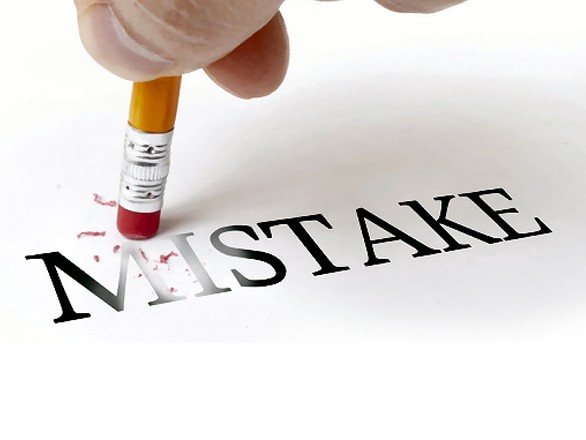Tips to Avoid Common Mistakes in E-Commerce Website Design (part II)
We have previously told you about common mistakes in e-commerce web design. Today, we want to dwell more on this problem to help you avoid similar mistakes in the future.
• Tiny Product Images
Providing small images can be very irritating to customers. So, don’t even expect them to order at your website if you don’t respect their right to see a detailed high-quality image (at least 1024×768 pixels) on the product they liked. You have two options here: either allow users to click on a picture to zoom in or add large images right to the product page itself.
• Providing Only One Product Image
Buying online is limited in terms of analyzing the size, materials, weight and other pertinent information. So, make sure your e-commerce website provides several images showing a product from different angles. These include images of the front, back, and sides in each color. Besides, offer even detailed pictures of specific features. This will increase customer trust and make them buy from your website.
• Limited Shopping Cart Options
Your shopping cart is the core of your e-commerce website. This is where users should be able to add multiple products and revise the quantities. It should let customers add a product and return to the previous page. Try using a mini cart to allow your clients to add items to their cart without leaving the page they are viewing. It is also great to let them preview shipping charges before they start the checkout process.
• Lack of Payment Options
Many websites provide limited payment options like those to pay with Visa or MasterCard or PayPal account only. This is not a good idea anymore; since the rules of the market economy with severe competition work well in selling online too, and require you to offer as many payment options as you can.
• Not Including Related Products
E-commerce functions effectively if traditional marketing tools are used. You’ve probably seen that similar products are grouped together in brick-and-mortar stores. This makes it easy for a customer to find related products. The same should be done on your website, and it will increase add-on sales for your business. The strategy is called cross-selling and up-selling. Click here for more details.
• Confusing Navigation
Remember, you are selling products online, so there MUST BE CATEGORIES of products on your website. Make sure that the category title and content coincide and that there are at least a few products in each category. Provide clear navigation elements to make it easy for your clients to and move around your site and get to their shopping carts.
• Skipping Shipping Rates
Be sure to provide accurate shipping rates on your website. Nowadays there are numerous plugins and widgets available for various major shopping cart systems to calculate shipping charges on your website. Use one of these plugins to let the customers decide whether the shipping charges suit them well.
We hope you will find these tips useful when embarking on your own e-commerce project.




